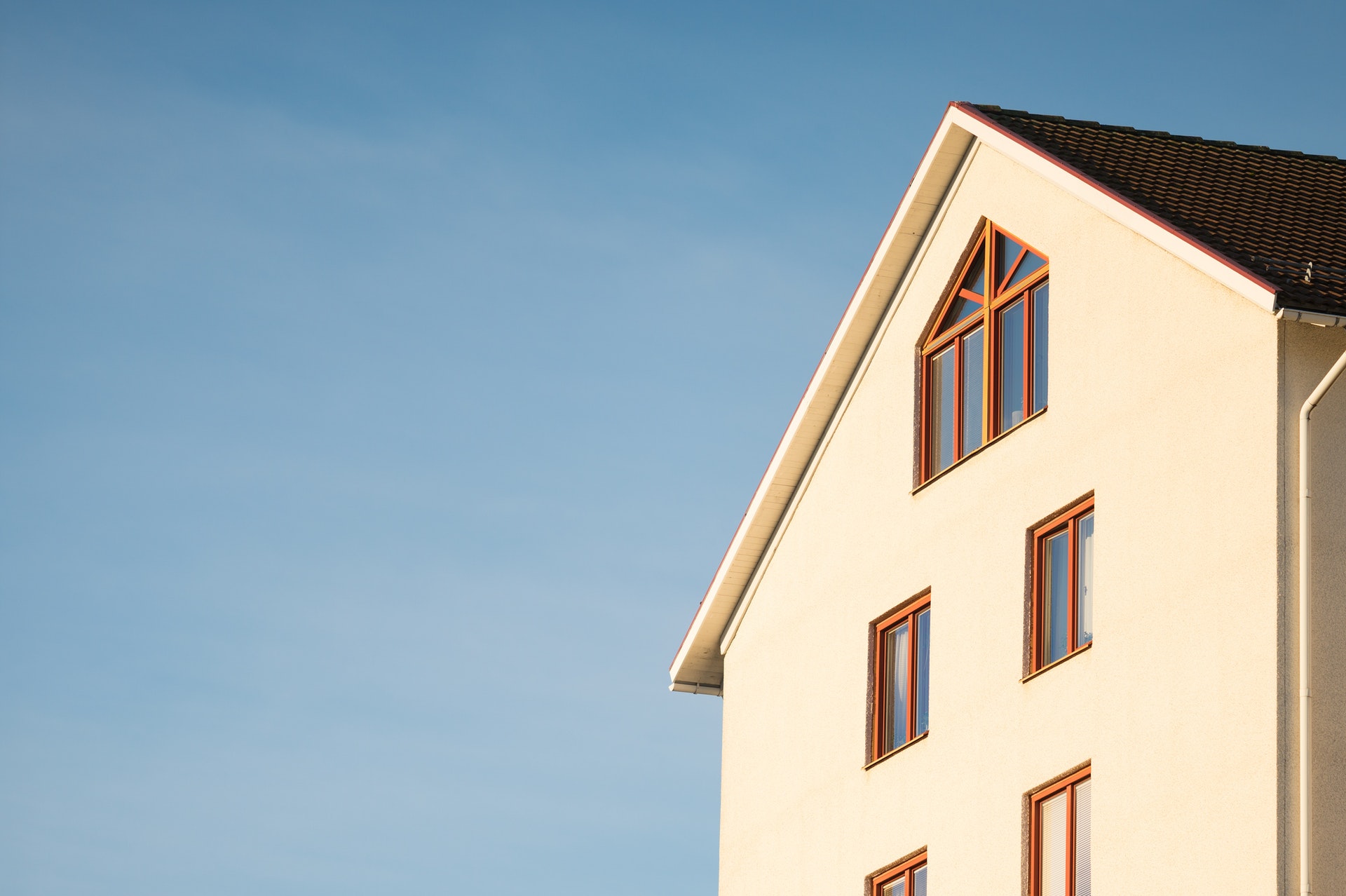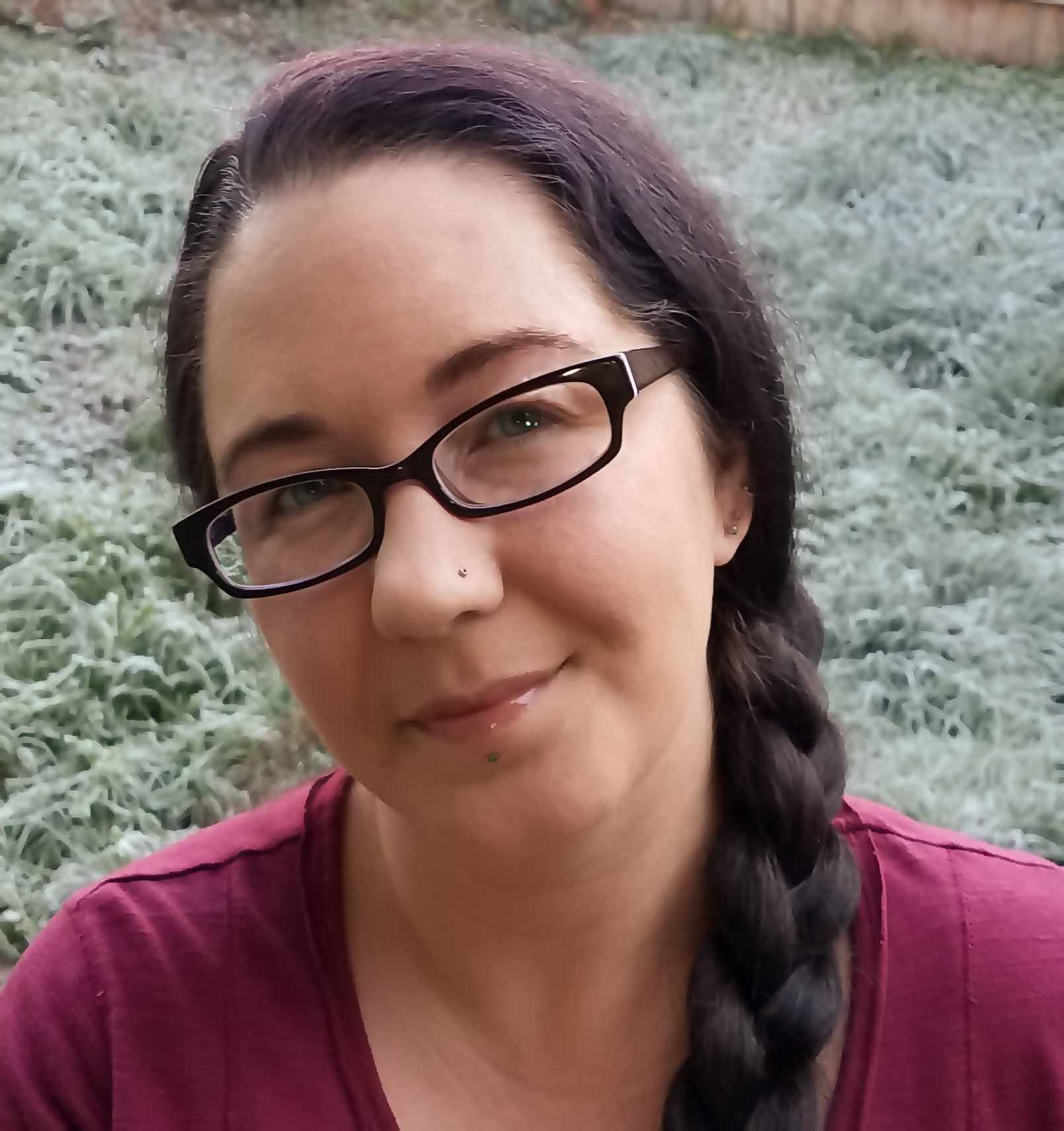Curious to learn more about homeowners in the United States? Read on for 26 eye-opening statistics painting a picture of the average homeowner.
1. There Are 82.8 Million Owner-Occupied Households in the U.S.
As of late 2020, there were approximately 82.8 million owner-occupied households in the country. That is an increase of 2.1 million over the prior year.
[Source: Pew Research Center]
2. More Than 65% of Households Own Their Homes
Out of all of the households in the United States, 65.8% own their homes. This includes households that own the property outright, as well as those currently paying a mortgage.
[Source: Pew Research Center]
3. The Number 1 Reason for Buying a Home is the Desire to Become a Homeowner
Chalk one up for the American dream. The highest reported reason – with 29% of buyers saying it’s the main motivation – for purchasing a house was the desire to become a homeowner.
[Source: National Association of Realtors]
4. In the U.S., the Median Salary of Homeowners is $72,615
For American homeowners, the average annual salary is $72,615. That makes 82% of homes in the country affordable to the median homeowner.
[Source: Joint Center for Housing Studies at Harvard University]
5. The Average Credit Score of a Homebuyer Is 731
On average, homebuyers have a FICO credit score of 731. That’s 20 points above the national average of 711.
[Source: Value Penguin]
6. 17% of Homebuyers Are Single Women, While Just 9% Are Single Men
When it came to single homebuyers in 2020, women greatly outnumbered men. Out of all home buyers, 17% were single women, while only 9% were single men.
[Source: National Association of Realtors]
7. 65+-Year-Olds Have the Highest Homeownership Rate, with 79.3% Owning Their Home
Homeownership rates tend to increase with age. For households headed by someone age 65 years old and up, the rate is 79.3%. Fifty-five to 64-year-olds come in next with 75.7%, while 45 to 54-year-olds sit at 69.4%. Thirty-five to 44 years olds aren’t too far behind, with a rate of 62.0%.
However, there is a large dip for those under the age of 35. In that age group, the homeownership rate is just 38.1%.
[Source: United States Census Bureau]
8. Homeownership Rates Are Lowest for Black Households, at 45.1%
When you look at non-mixed-ethnicity homeowners, Black Americans have the lowest ownership rate, coming in at 45.1%. Hispanic households are the second lowest, coming in with a homeownership rate of 49.3%.
[Source: United States Census Bureau]
9. At 73.8%, White Households Have the Highest Homeownership Rate
Homeownership rates are highest among non-Hispanic white-alone households. In that group, the rate is just shy of three-quarters, sitting at 73.8%.
[Source: United States Census Bureau]
10. On Average, Homeowners Spend 16.4% of Their Income on Housing
The amount of household income that’s directed toward housing costs can have a major impact on budgets. On average, homeowners dedicate 16.4% of their income toward housing-related expenses, such as mortgage payments, property taxes, and insurance.
[Source: Million Acres]
11. The Average Monthly Mortgage Costs $1,609
On average, homeowners that are living in an owner-occupied property and have a mortgage spend $1,609 a month on housing costs.
[Source: United States Census Bureau]
12. 85% of Homeowners Have Homeowners Insurance
Approximately 85% of homeowners in the United States have some level of homeowners insurance. On average, coverage costs each household about $1,445 per year.
[Source: Value Penguin]
13. Homeowners with Mortgages Spend an Average of $2,869 Per Year on Property Taxes
Property taxes can have a significant impact on a homeowner’s budget, particularly if they aren’t prepared to shoulder the cost. On average, homeowners pay $2,869 per year to cover their property taxes.
[Source: United States Census Bureau]
14. Nearly 6.3 Million Mortgage Holders Pay $3,000+ Each Month on Housing Costs
Of owner-occupied properties, 6.28 million mortgage-paying homeowners spend at least $3,000 per month on housing costs.
[Source: United States Census Bureau]
15. 5.5 Million Homeowners Have a Second Mortgage or HELOC
In total, just over 5.5 million American homeowners have more than one debt associated with their owner-occupied property. Over 4.5 have a home equity line of credit (HELOC), while just shy of 987,000 have a second mortgage.
[Source: United States Census Bureau]
16. Homeownership Peaked in 2004, with 69.2% of Households Owning Their Homes
While homeownership rates have been steadily increasing since 2005, the current rate is still below the peak. In 2004, approximately 69.2% of households owned their homes, which is the highest percentage between 1965 and 2020.
[Source: Pew Research Center]
17. 44% of Homebuyers Start By Looking Online
Today, there are numerous ways to begin the home buying process. However, 44% choose to start by researching properties online on their own. Only 16% begin the journey by contacting a real estate professional.
Plus, 52% of buyers actually found their new home online. Only 29% first learned about the property they eventually purchased through a real estate agent.
[Source: National Association of Realtors]
18. 33% of All Homebuyers are First-Timers
First-time home buyers make up 33% of all people looking to purchase a property.
[Source: National Association of Realtors]
19. The Midwest Has the Highest Homeownership Rate, Coming in at 70.3%
Homeownership rates are highest in the Midwest, sitting at 70.3%. In second is the South, with a rate of 67.4%. In the Northeast and West, the rates are 63.1% and 59.7%, respectively.
[Source: United States Census Bureau]
20. Median Home Sale Prices Rose by 15% Year-Over-Year
Between February 2020 and February 2021, the median home sale price increased by 15%. Overall, the median home sale price was $318,750 in February 2021.
[Source: Redfin]
21. 7.5% of COVID-19 Stimulus Money Recipients Used the Funds to Pay a Mortgage
In early 2021, a new round of COVID-19-related stimulus payments was made to qualifying households. Overall, 7.5% of those who received the influx of cash put those funds toward a mortgage.
That number was notably lower than what was directed toward rent payments. In total, 10.3% of recipients ended up putting the money toward rent.
[Source: iPropertyManagement]
22. 64.3% of Doubled-Up Households Are Owner-Occupied
While most people don’t envision having roommates as a homeowner, it’s actually far more common than one would expect. Among doubled-up households – where adults who aren’t spouses or partners cohabitate – 64.3% are also owner-occupied. That leaves 35.7% as renter-occupied.
[Source: Porch]
23. 26% of Americans Said Existing Debt Made It Hard to Buy Their First Home
Purchasing a home can be challenging under the best of circumstances. Even a small or expected hurdle can make the process much more difficult.
Among new home buyers, paying down and paying off debt was cited by 26% as the main reason they had issues purchasing a home. Nine percent said that saving for another big purchase played a role.
However, 42% said they didn’t experience any trouble when it came to affording their house.
[Source: Coldwell Banker]
24. 17% of Homeowners Had Little Choice But to Purchase When They Did
When it comes to the timing of home purchases, not everyone believed they have the luxury of waiting. Overall, 17% of homebuyers felt they had to buy when they did.
[Source: National Association of Realtors]
25. 3% of Homebuyers Wished They Had Waited Longer Before Buying a House
Of those who made a home purchase, not all were happy with when they moved forward. Overall, 3% of buyers actually wished they had waited longer.
[Source: National Association of Realtors]
26. 64% of Millennial Homeowners Regret Buying Their Current House, While Only 33% of Baby Boomers Do
Buyer’s remorse can be difficult, especially when it’s a large purchase. When it comes to regretting their most recent home purchase, younger buyers seem more plagued by it than older generations.
Overall, 64% of Millennials have at least some regrets. The most common regret is having to shoulder the high costs of maintenance. However, dealing with a large mortgage payment, being unhappy with the interest rate, and feeling they overpaid also play a role.
In comparison, only 33% of Baby Boomers regret their purchase. The most commonly cited reason is also high maintenance costs. When it comes to the other regrets, some Baby Boomers have those too, but at a much lower rate of occurrence than with Millennials.
[Source: Bankrate]
Bottom Line
Ultimately, the homeowner statistics above are quite enlightening. They showcase not only details about the average homeowner but also many disparities that exist within the United States. Plus, there are a few unexpected tidbits, highlighting aspects of the picture many people don’t realize exist.



